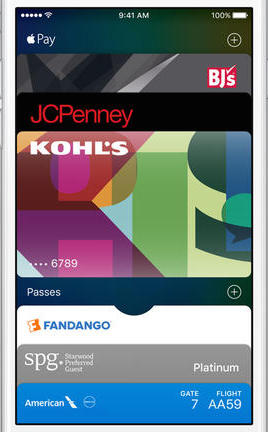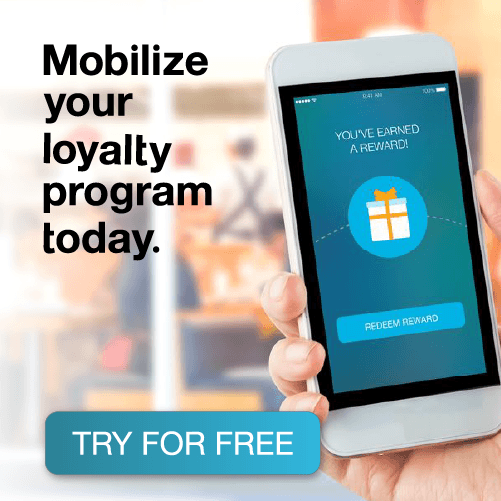First, a little bit of history…
2011- Google Wallet
2012- Apple Passbook
2013- Apple iBeacon
2014- Apple Pay
2015- Android Pay- Apple Pay UK – Apple Wallet – Eddystone
Mobile Payments and the Mobile Wallet are preparing to kill the leather wallet
Has the leather wallet finally met its match? Since 2011, we have seen a steady amount of mobile wallet innovations and a slow, but also steady rate of adoption. Ever since these early innovations, people have said that the leather wallet will die. We have yet to see this happen. But has the time come? 2015 has presented us with a higher adoption rate and more innovations to the mobile wallet than we have ever seen. Will this be the year that the leather wallet meets it imminent demise?

2015 has also seen more entries into the mobile wallet market than ever before. In past years, we could expect maybe one or two major announcements regarding the mobile wallet. In the year 2015, we have already surpassed that many and we are only half way through the year. This is not to mention the growth that the current market has already been seeing.
Lets take a look at the growth of the mobile wallet and mobile payments-
An August 2014 survey by Accenture found that 41 percent of U.S. consumers had used their phone to pay at a merchant location. That’s up from 17 percent in 2012.
U.S. proximity payment transaction values doubled between 2012 and 2013 to reach $1.59 billion as more consumers warmed to paying for their daily cup of coffee with their phones. eMarketer projects transaction values will double again this year to reach $3.50 billion and further accelerate through 2016.
Apple Pay initially launched in the U.S. in 2014 with a total of 230,000 locations. It is now projected to be available in over 1.5 million locations across the U.S. by the end of 2015.
That is just a quick look at the growth that the mobile wallet has seen in a very short period of time. But what about what’s going on right now? This is where we see things start to get very exciting for mobile payments:
February 10th- JetBlue becomes first airline to accept Apple Pay in Flight
March 1st- Samsung announces Samsung Pay
May 28th- Google announces Android Pay
June 9th- Apple changes Passbook to Wallet
July 14th- Apple Pay launches Apple Pay UK in over 270,000 locations
July 14th- Google launches Eddystone- an open source bluetooth beacon BLE format
July 16th- Paypal and Ebay officially split so Paypal can focus on mobile payments

Here we are, 7 months into 2015, and there has already been this much development in the mobile wallet sector. I’m not going to talk about each individual thing that happened because you can find in-depth articles by clicking on their respective links. What I want to talk about, is what this means for the mobile wallet and mobile payments as a whole. See, before, progress was happening steadily and slowly, but we have seen that start to change.
Now, progress is picking up speed, and picking up speed fast. There is always something new hitting the news, whether it’s a totally new product like Eddystone or just something rumored like Apple’s patent for its P2P payment system. Regardless, something is always happening around the mobile wallet.
The mobile payment and mobile wallet opportunity has arrived
This is what brings me to the point of this article. We are at a time within the mobile wallet industry and ecosystem that is very important and very critical. Right now, the mobile wallet is crystallizing. Everything is starting to come together as one. We are beginning to bring all the separate parts of the mobile wallet; payments, coupons, rewards, beacons, and different OS’s, and bring them all together to form what will become the complete mobile wallet.
Currently, we are waiting to see who wins the war for mobile payments. But the thing is, there will be no winner. Just like there is no winner in smartphones or computers, there will be no winner for mobile payments. We may not always have as many platforms as we have today, but we will always have more than just Apple Pay or Google Wallet. This is why I see this many competitors entering the market as a good thing. The more smart innovative tech companies we have involved in mobile payments the better. For more reasons than one:
- More competition equals more innovation
- More competition means mobile wallet becomes available to more consumers-which means greater adaption
- More competition and more adaption means more businesses start accepting mobile payments
Despite the recent innovation, I still believe that mobile payments and the mobile wallet is in its earliest stages. There is still so much that hasn’t been touched by these companies and there are still many businesses who don’t accept mobile payments. That leaves so much room to grow. And having this many companies investing time and resources into the mobile wallet should only be seen as a good thing. It means that people are working on filling this undiscovered space.
Mobile payments haven’t been the only focus in the mobile payments market. Beacons have also seen their share of attention during 2015. Most notably, Google just released their open source beacon technology called Eddystone. This is important for the same reason as the other innovations, having companies like Google invest time and resources into beacons means they see the potential in the technology. It is also great to have them on board in terms of exposure and adaption. There are developers who will now start to pay attention to beacons because there is an open source BLE available through Google rather than the closed source iBeacon BLE from Apple.
Another big leap for beacons in 2015 is the adaption of them at events like SXSW as well as Cannes Lions. “Powered by Eventbase, the same company responsible for SXSW’s iBeacon-enabled app, the Cannes Lions app leverages iBeacons installed throughout the festival grounds to deliver a variety of customized interactive experiences and real-time information to attendees” Appleinsider reported. Having successful, real-life use cases of iBeacons will be a tremendous help to their adaption. A lot of companies are holding back to see if they really catch on before investing in the technology for their own company. Now that iBeacons have a few successful campaigns under their belts, we could see them really take off.

Another place within the mobile wallet that we have seen innovation is within the rewards/coupons segment. Consumers have been calling for integration between their rewards programs and their mobile payments for many years, that has finally arrived. When Google announced Android Pay it was unclear as to whether or not the two were fully integrated. Apple did not make the same mistake. Apple has rebranded Passbook to Wallet and has fully integrated rewards cards and coupons from retailers into one seamless experience. Unfortunately, this will not be fully available until September when iOS 9 is released and even then, we have to wait for retailers to fully integrate their programs.

Has the mobile wallet actually killed the wallet?
The bottom line is: the wallet isn’t dead yet-but it is dying. The mobile wallet ecosystem has just now started to come together and join forces. It will now take some time for everyone to really start to collaborate and drive real adaption. Especially enough adaption to kill the wallet. Regardless as to whether or not the leather wallet dies, we do know the mobile wallet is going to survive.
More and more companies are investing more and more money into the mobile wallet trying to figure out how they’re going to get their piece of the pie. And with what is going to be a 189 billion dollar market by 2019, there is plenty of pie for the taking. Luckily, we know which piece is ours.



